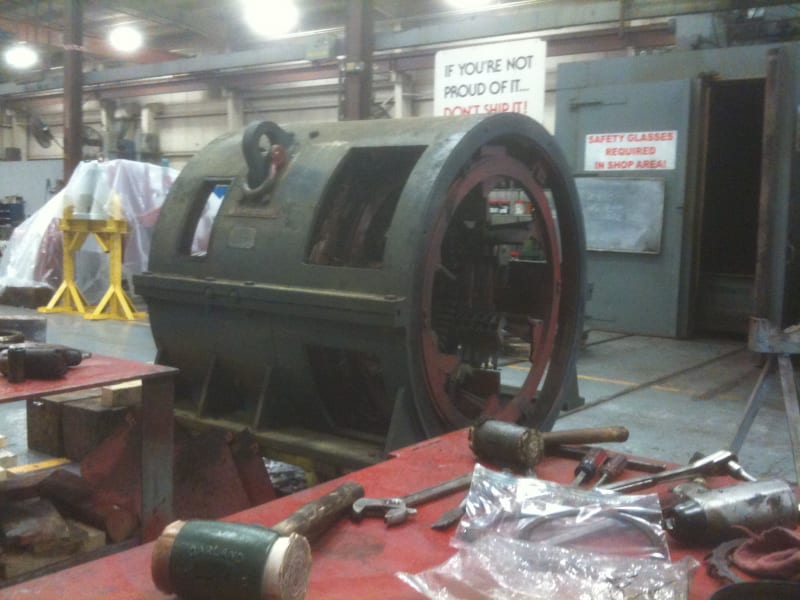ScottInso
Electrical
- Feb 14, 2020
- 1
I have an electric lawnmower motor which doesn't like to start
-but when I tap the center shaft lightly with a hammer it almost starts, as I jostle the unit around it continues to almost start
-but when I really wack the center shaft, then it starts fine and runs Ok until it cools down, then it doesn't restart
it this a deep mystery about electric motors or and obvious part that need to be replace?
Big thanks for this forum and anyone who care to help

